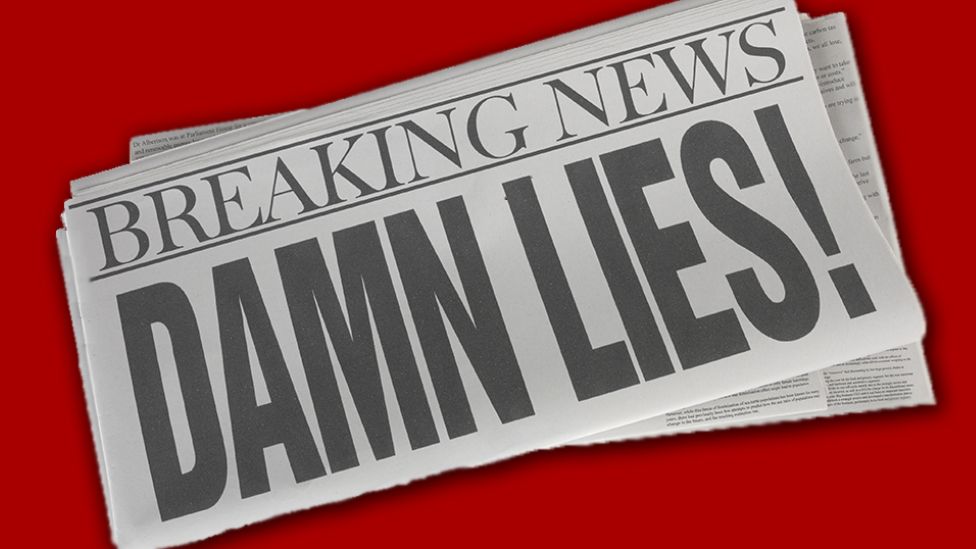‘Fake news’ – why people believe it and what can be done to counter it
The article discusses the influence that fake news has on consumers, inputting opinions from figures such as Obama where he views fake news to be 'a threat to democracy'. He quotes that "active misinformation” can be “packaged very well”, and that "If we are not serious about facts and what’s true and what’s not, if we can’t discriminate between serious arguments and propaganda, then we have problems." With this being said, the article discusses how these kind of encounters with fake news can be avoided. Some of these measurements include things such as the 'matter of trust', where 'An argument could be made that as the “mainstream” media have become seen as less trustworthy (rightly or wrongly) in the eyes of their audiences, it makes it hard to distinguish between those who have supposedly got a vested interest in telling the truth and those that don’t necessarily share the same ethical foundation.'

The article also discusses things such as 'bubbles and echo chambers', where there is the resonating question whether social media makes these fake news worse or sheds light on them for what they are. This brings back into focus older models of media effects such as the two-step flow model where key “opinion leaders” – influential nodes in our social networks – have an impact on our consumption of media.
No comments:
Post a Comment